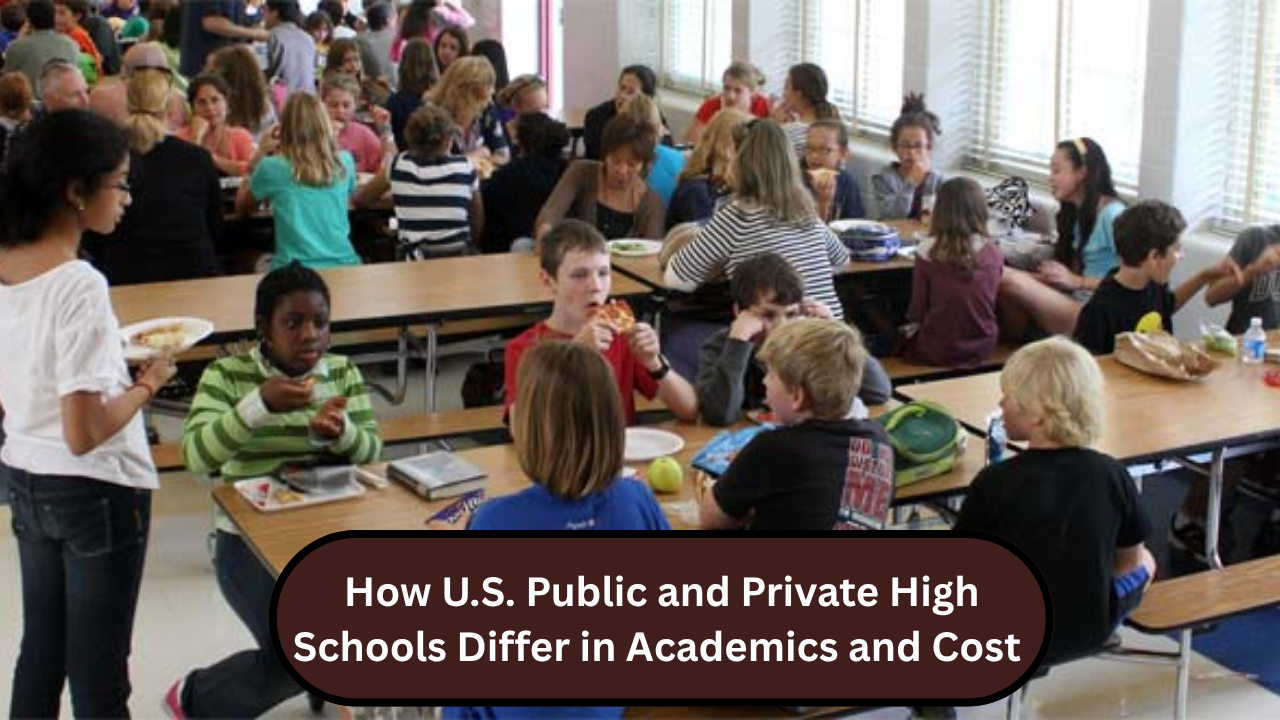Choosing the right high school in the United States can be a big decision for families. One of the most common questions is whether to send children to a public or a private high school. While both types of schools aim to provide quality education, they differ in many ways—including academics, tuition fees, facilities, and class size. Understanding these differences can help parents and students make the best decision based on their goals, needs, and budget.
Academic Approach and Curriculum Differences
Public high schools in the U.S. follow state-approved curriculums and are funded by the government, which means they are free for residents. These schools must meet state education standards, and they often offer a wide range of courses, including Advanced Placement (AP) classes for college preparation. However, the quality can vary depending on the school district.
Private high schools, on the other hand, are independently funded through tuition fees, donations, or religious organizations. They can choose their own curriculum, teaching style, and school policies. Many private schools offer challenging academic programs, smaller class sizes, and more personalized attention. Some also focus on special subjects like science, arts, or religion. Because they are not controlled by the government, private schools may offer more flexibility and unique learning experiences.
Cost and Access to Resources
One of the biggest differences between public and private schools is cost. Public high schools are free for students living in the school district. They are supported by local, state, and federal taxes. While there may be some extra costs for supplies, sports, or field trips, the basic education is completely free.
Private high schools charge tuition, which can range from a few thousand dollars to over $30,000 per year, depending on the school. Some schools offer scholarships or financial aid to help families afford the fees. In return, private schools often provide better facilities, such as advanced science labs, modern technology, and extracurricular activities like music, drama, or sports teams. These extra resources can enhance a student’s education and help with college applications.
In the U.S., both public and private high schools can offer excellent education, but the right choice depends on your family’s values, academic goals, and financial situation. Public schools are free and serve the local community, while private schools offer more specialized learning but come with a higher cost. It’s important to research individual schools, visit campuses, and ask questions to find the best fit for your child. No matter which type you choose, what matters most is that the school supports the student’s growth, confidence, and future success.
FAQ’s:
Q1. Are private high schools better than public ones in the U.S.?
A1. Not always. Some private schools offer more advanced programs or smaller classes, but many public schools also perform very well. It depends on the specific school.
Q2. How much does a private high school cost in the U.S.?
A2. Tuition can range from around $5,000 to over $30,000 per year. Some elite private schools charge even more.
Q3. Can public school students take advanced classes like AP?
A3. Yes, many public high schools offer Advanced Placement (AP) and honors courses to help students prepare for college.
Q4. Do private high schools require entrance exams?
A4. Some private schools require students to take entrance exams or interviews as part of their admission process, while others do not.
Q5. Is homeschooling more similar to public or private education?
A5. Homeschooling is different from both. It is usually done at home by parents or tutors and follows a flexible, personalized learning plan chosen by the family.
